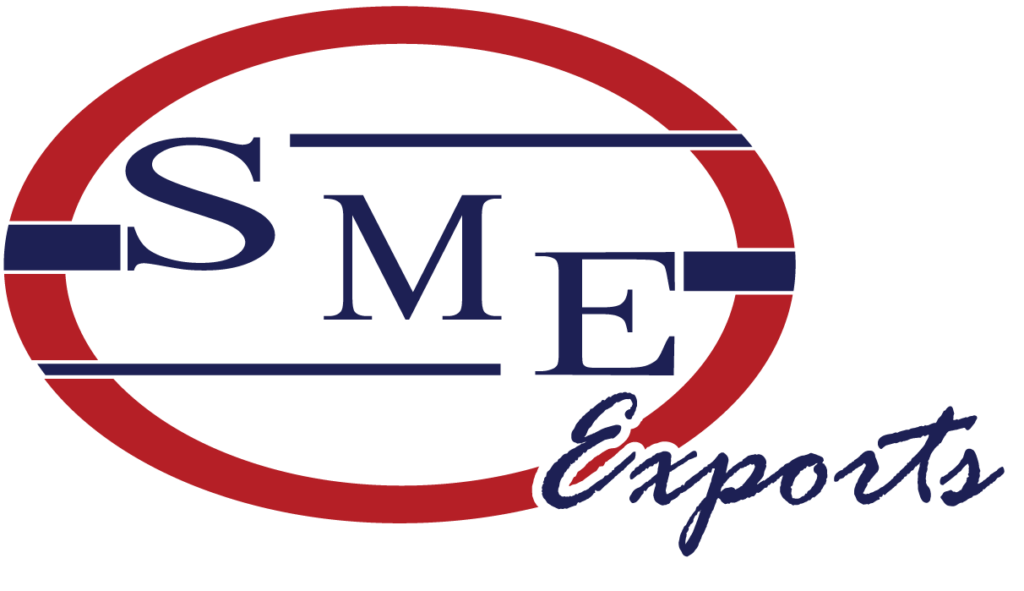
UV-C filtration has been around for many decades and is a proven technology used in various germicidal applications throughout industry.
The UV-C irradiation produced by these lights damages the nucleic acid of the organism by forming covalent bonds between certain adjacent bases in the DNA and thereby prevents the organism from reproducing. In fact, when the organism attempts to reproduce after being exposed to enough UV-C irradiation, it dies.
The benefits of UV-C filtration are:
- No by-products required or emitted
- Long lamp life of up to 15,000 hours
- Improved indoor air quality and surface cleanliness
- UV-C is absorbed by most materials, including standard flat glass
The disadvantages of UV-C filtration are:
- Safety requirement, direct contact of UV-C to the skin and eyes can be damaging
- Does not directly remove harmful micro-organisms from the airstream, but rather inactivates them and eliminating their ability to reproduce
- High power consumption
- Works on a line-of-sight principle and cannot inactivate any micro-organisms which are not in the line of sight of the UV-C lamp
UV-C can be utilized for air and surface decontamination purposes. Typically, surface decontamination units will run for short periods of time when nobody is near the coverage of the unit. The necessary safety switches and sensors are integrated with these units to ensure no direct contact of UV-C. Air decontamination units will run constantly and ensure the airstream flowing through the unit is free of any active micro-organisms.

